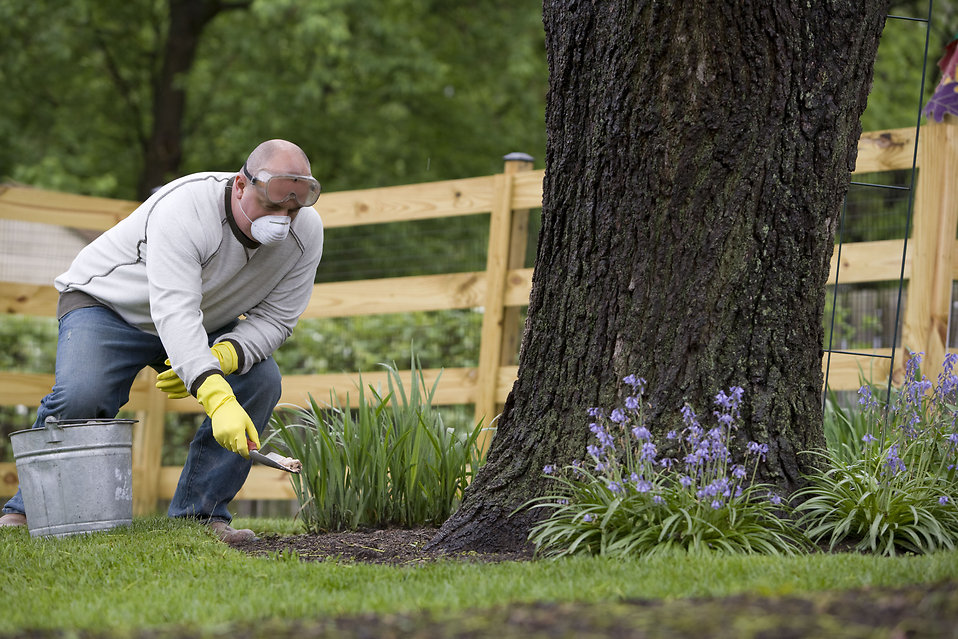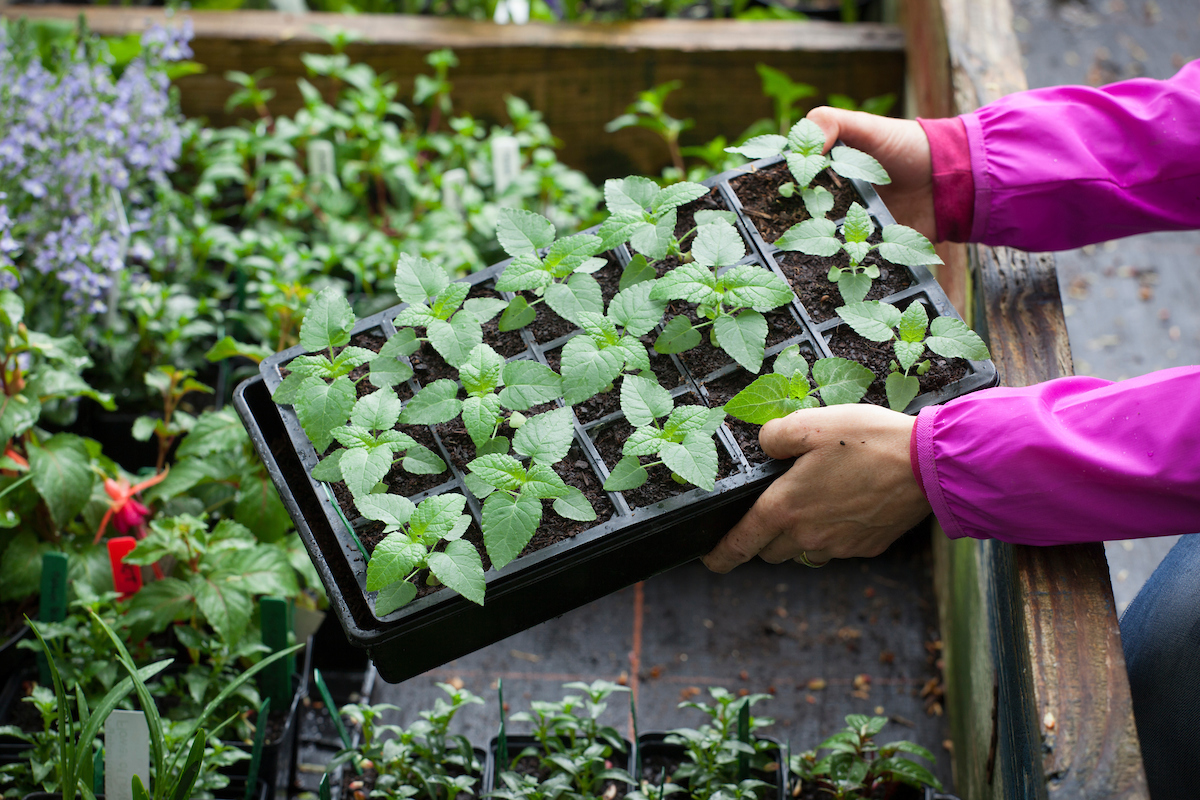Have you always dreamed of having your garden? Know that some plants can be harmful, even dangerous, for you and your entourage, especially for children. By following this article, discover 6 toxic plants to put on your red list. So, without further ado, let’s dive into this blog and learn more about the subject.
Brugmansia
The Brugmansia is a tropical tree native to South America. It can reach a height of 8 to 10 m with trumpet-shaped flowers falling in different colors: white, yellow, or pink. However, its leaves and fruits are not to be consumed because of their toxicity. They can cause serious poisoning.
To know that someone close to you has been exposed to this harmful plant, he/she may present either mydriasis (pupil dilation) or an anisocoria (difference in pupil size). In children, the same symptom may occur after contact with Brugmansia.
Daphne mezereum
Daphne mezereum, or sweet wood, belongs to the family Thymelaeceae. It has lanceolate, thick, leathery, and short-stalked leaves. This tree produces fruits in the form of bright red berries of 8 mm, which are juicy, shiny, and a bit flattened. Although they look appetizing, they are very dangerous, even deadly. A person who has eaten the fruit of the Daphne mezereum first experiences inflammation with burning and swelling of the lips and tongue.
This is followed by bloody diarrhea, vomiting, and intense thirst. In children, consumption of more than 2 berries can cause cramps, heart or respiratory problems, dizziness, convulsions, and fever. The same symptoms can also occur in adults when consuming 10 berries. If, by misfortune, the fruits of Daphne mezereum affect the eyes, it can cause a keratitis, or even blindness.
Aconitum napellus

Aconitum napellus is also one of the poisonous plants to add to your red list. Consumption of 2 to 4 g of its roots can kill an adult. Before that, you will experience tingling and burning sensations, vomiting, and syncope. Simple contact with this plant can cause skin rashes.
Agrostemma githago
The Agrostemma githago is a member of the Caryophyllaceae family. It is a shrub of 40 to 90 cm. As regards its flowers, they measure hardly 3 cm. They are often of color pink mauve to pink magenta. They can sometimes present white stripes.
In spite of the fact that this plant is perfect in border, in beds, and even in a pot, it is very toxic. The poison is located at the level of its seeds. The signs of poisoning to this plant are varied: diarrhea, dizziness, emaciation, nausea, abdominal pain, and difficulty to breathe. Be aware that this plant is also deadly to animals.
Anemone nemorosa
Anemone nemorosa or Wood Anemone is another variety of harmful plants. Its toxicity is transmitted by ingestion or by skin irritation. The plant belongs to the family of Renonculacées. Its flowers can be of different colors: purpurine, pink and white. They have oval petals in the number from 5 to 9.
Arnica montana
Arnica montana belongs to the Asteraceae family or fall herbs. It can be used as a treatment for various ailments, such as fever. However, in high doses, it can cause the death of the patient. The list of toxic plants is quite long. You can also find Arum maculatum (spotted gouet), Atropa belladonna (belladonna), Chelidonium majus (great chelidonia), Colchicum antumnale (autumn colchicum) and Convallaria majalis (May lily of the valley). As far as toxic woody plants are concerned, they also include Euonymus europus (European charcoal), Hedera helix (climbing ivy), Ilex aquifolium (holly), etc.
Sound off in the comments section below and tell us what you want to read next and if you want to read more about dangerous flowers and plants.



